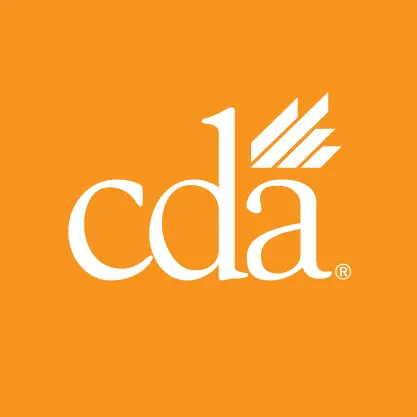These resources are only
available to CDA members.
Sign in with the same email and password you use to access CDA
Presents Online Learning or The Dentists Insurance Company to
keep exploring your library of exclusive content.
Having trouble logging in? Our process has changed. Learn more.
